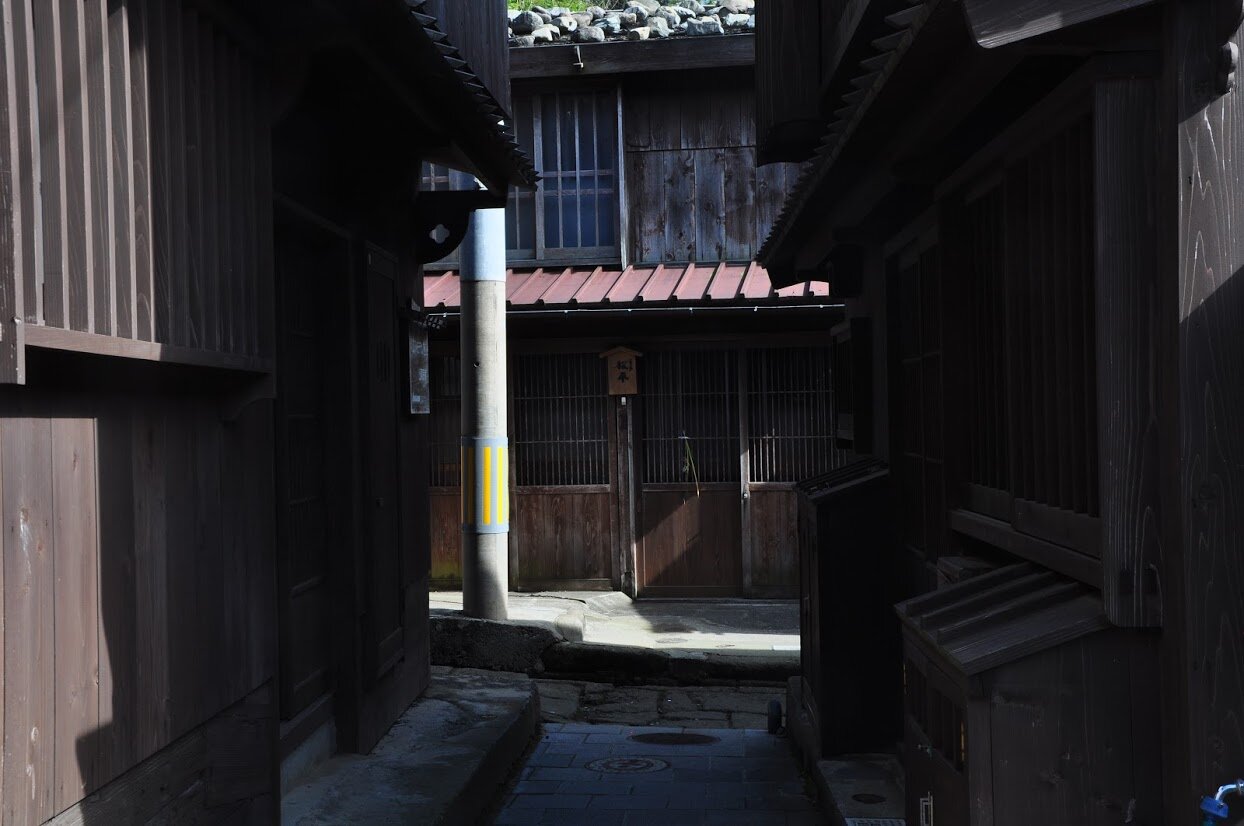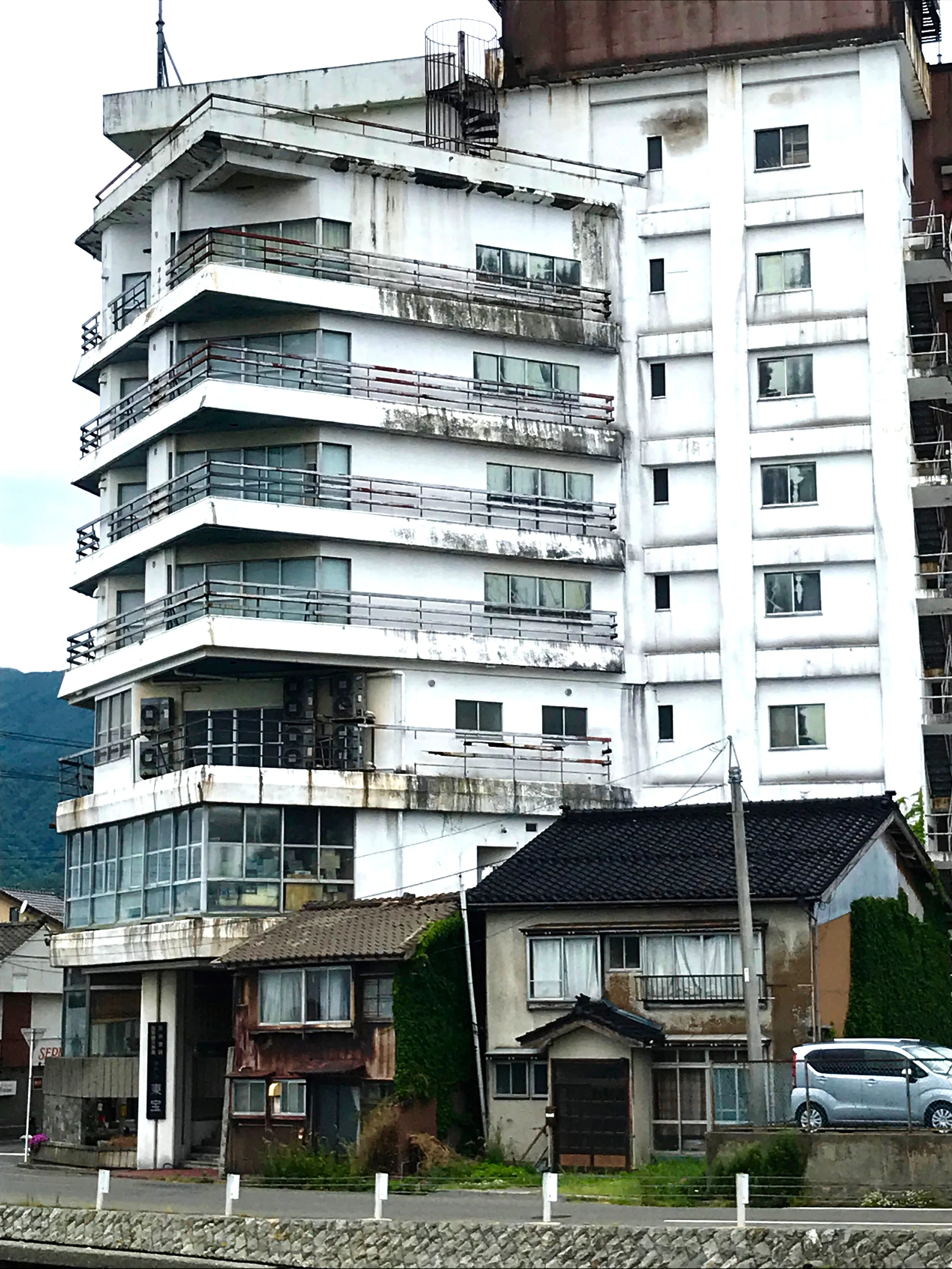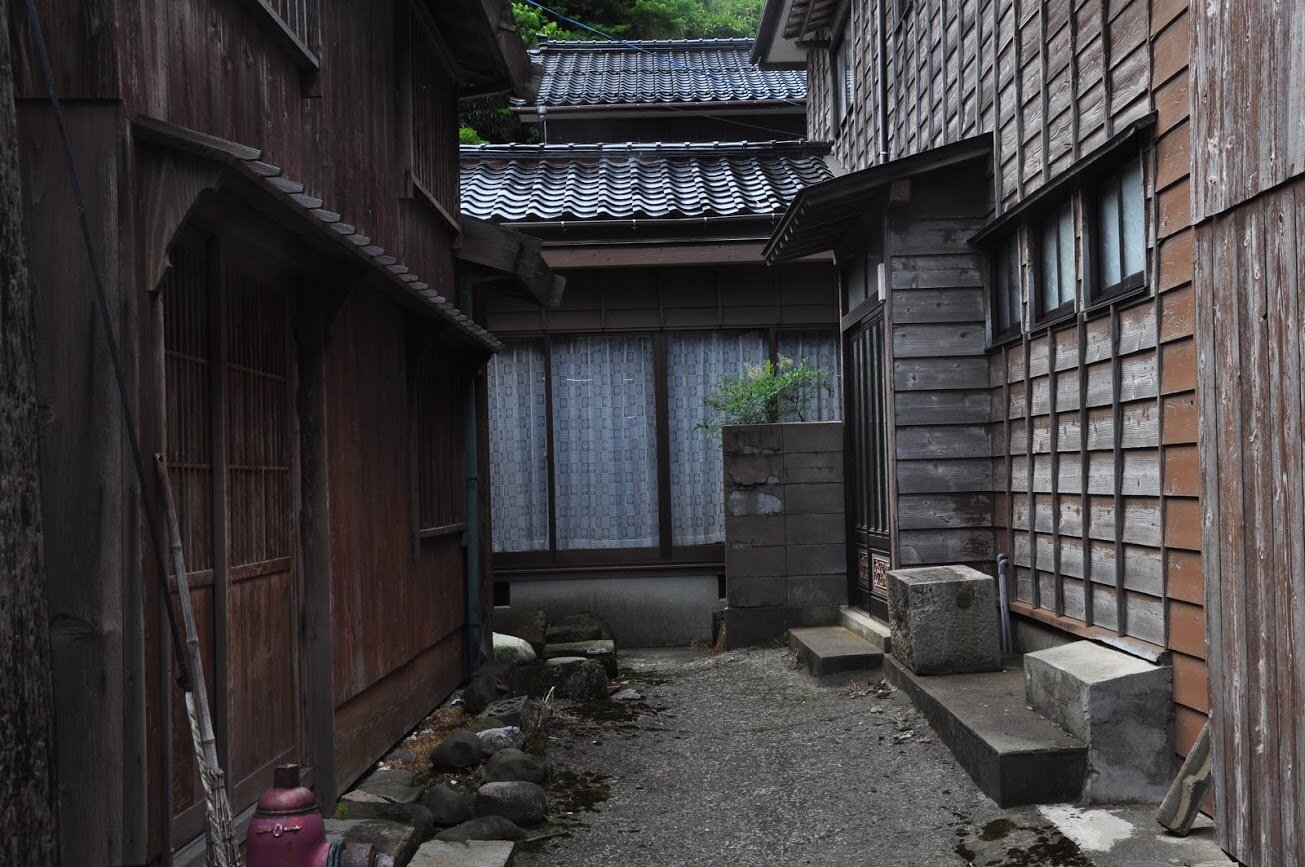Fieldwork
Documenting Degrowth + Community Conversations
To protect the privacy of research participants, names of the community members interviewed have been removed or have been replaced with pseudonyms.
Travel Log - Kamiyama, Toksuhima
June 25, 2019
“When I was growing up, people from the city shamed people from the countryside. There was a word for it – inakamon – which translates to “country person”. This word holds a lot of negative weight. There was this idea everyone had that you weren’t worth much if you didn’t make something of yourself in the city. The good jobs that made good money were tied to good universities, and all these opportunities were in Osaka or Tokyo. Everyone tried their hardest to leave. I did the same, but at some point, I had to come back. It’s easy to feel isolated and alone in the city. It’s dense and loud, and no one has any idea who anyone is. Here, we all know each other, rely on each other and keep up with each other. Having communal trust is a better way to live, in my opinion.”
-excerpt from a conversation a town council member in Kamiyama
The fieldwork was conducted using a semantic ethnographic approach. This included conducting in-person documentation and semantic ethnographic interviews with members of town councils, farmers, craftspeople, and individuals working in tourist industries. Semantic ethnography refers to active listening techniques to obtain knowledge provided by people about their own culture. These techniques help to uncover underlying spatial patterns that emerge in an individual’s way of speaking that then allow for creative interpretation. These patterns, which consist of routes, particular rooms, objects, and characteristic places illustrated specific relationships that each community has with their rural landscape as well as their abandoned public schools.
These findings informed the design proposals in each site in various ways. One such finding was the way in which participants from all three towns described the idea of “gathering”. When prompted to provide observations and opinions on the impacts that depopulation has had on their community, interviewees frequently mentioned the lack of spaces that provided opportunities for “gathering”, or the decline of them as younger residents leave for cities and people age. Despite this, participants from each village described unique forms of conviviality. For example, participants from Kamocho explained their knowledge of the irori, fireplaces in traditional rural dwellings. The irori is a hearth that functions as a stove and is designed in a way that people can sit around it on all sides while meals are prepared. Learning from these traditional forms could help in designing community-relevant public spaces that attract people of all generations, such as one that incorporates eating, cooking, and sitting by a fire together.
Conversations with local residents in each site also included the experiences of young parents and other individuals who had moved back home or to rural locations for the first time after living in cities. The popular opinion was that the countryside provided a healthier and more relaxed setting for raising children along with a distinct relationship to the surrounding physical environment that felt nonexistent to most people in Japanese cities. This more integrated relationship with nature also coincides with the common practice of subsistence farming in rural areas. Subsistence farming in this case refers to households that satisfy most of their individual consumption needs through producing their own food, usually while pursuing other forms of employment or work.
Textile workshop at Nambatei, Mimasaki, Okayama
The gathering of interview responses, which involved weeks of long conversations with community members, as well as in a way that can be applied to design, is outside of an architect’s typical design repertoire. Practicing skills in interviewing and connecting with strangers, forming parallels between the personal stories of participants and space, and proposing social events and industrial activities are all interdisciplinary skills required when designing architecture that addresses the needs of a particular community.
Fieldwork consisted of analytical site drawings that highlighted the cultural , the fieldwork also consisted of creating evidence of degrowth through photography. To make a case for vacant schools as abundant opportunities, drone documentation was used to document the many haikō found in each site, capturing enough information about a building’s state and context to form conceptual design proposals. The footage captures the large amounts of available space that the schools offer, and each structure’s unique siting. Sometimes located at the foot of a steep mountain or next to a river, the schools are modern buildings that contrast the surrounding landscape and village vernaculars deeply valued by the people of each region.
This array of vacant schools provides supporting evidence for Japan’s depopulation phenomenon. They are emblems of the past and what might be to come.
Julia Nakanishi preparing foods for grilling on a farmhouse irori in Kamocho Monomi


































